The Great Colonial Schism: Choosing Sides in The Outer Worlds 2—A Deep Dive into the Kaur vs. Milverstreet Dilemma
Popular Now
 EA SPORT FC 25
EA SPORT FC 25
 The Legend of Zelda
The Legend of Zelda
 Brawl Stars
Brawl Stars
 Roblox
Roblox
 NBA 2K24
NBA 2K24
 Stumble Guys
Stumble Guys
 Schedule I
Schedule I
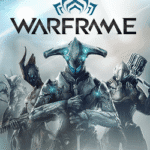 Warframe
Warframe
 Geometry Dash
Geometry Dash
 PUBG Mobile
PUBG Mobile 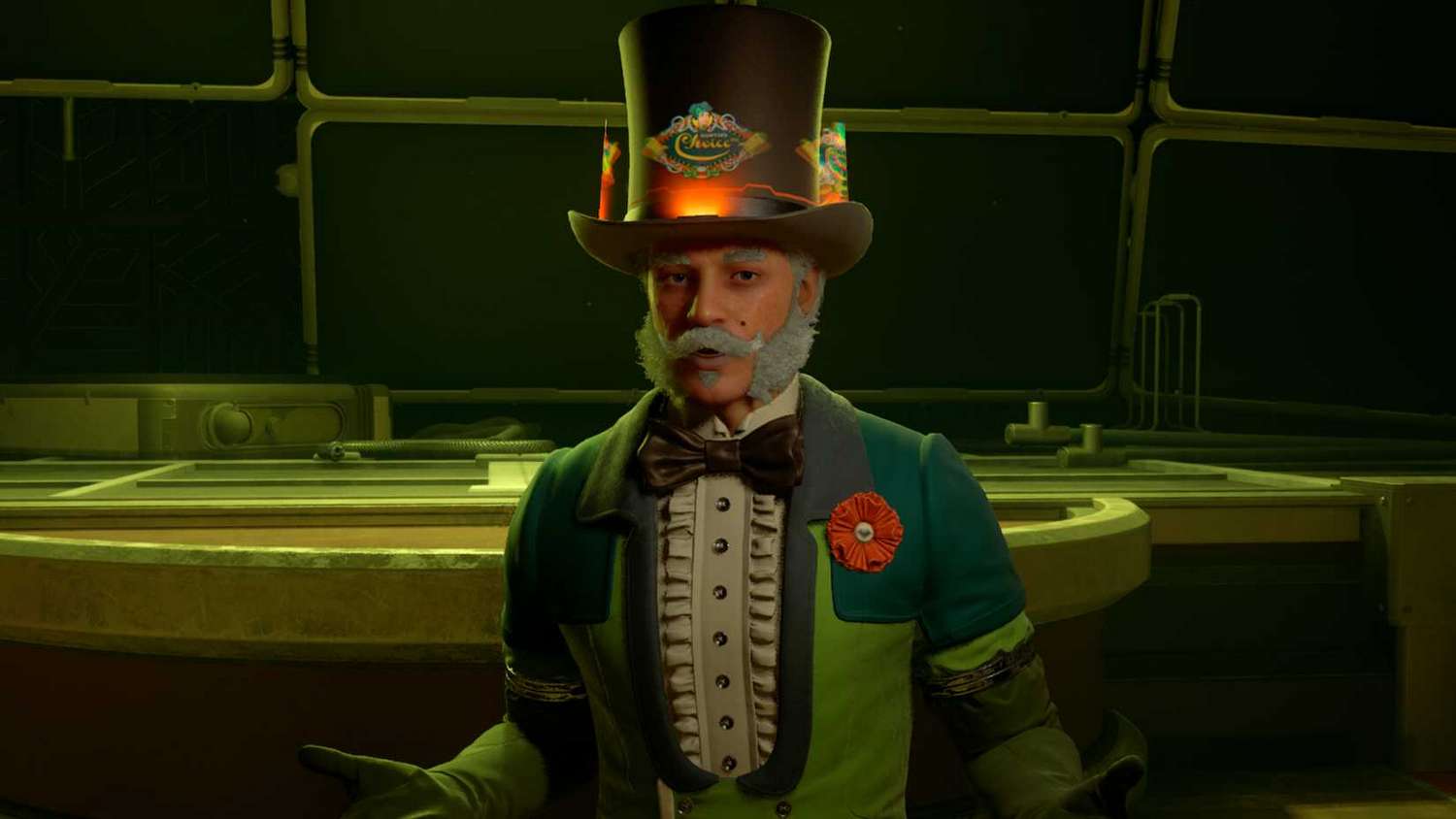
The highly anticipated sequel from Obsidian Entertainment, The Outer Worlds 2, promises to elevate the studio’s signature RPG formula, placing players once again at the heart of a cosmic moral maze. Early reports and insider speculation center on the escalating conflict in the new solar system, Arcadia, where the player must ultimately navigate the demands of powerful, radically opposed figureheads. The most pressing choice set to define the narrative—and the fate of the colony—revolves around aligning with Commander Kaur or Chairman Milverstreet.
For those looking for the next essential title on Xbox Game Pass or a definitive purchase for their high-end gaming PC, this choice transcends simple quest resolution; it is a profound philosophical statement on the role of authority and commerce in a collapsing interstellar society. Our exclusive analysis breaks down the political landscapes and moral costs of each alliance, offering a crucial pre-release perspective for serious gaming enthusiasts.
Faction Profile: Commander Kaur and The Protectorate’s Iron Grip
Commander Kaur is speculated to be the formidable, unyielding face of the returning authoritarian presence, echoing the philosophy of the original game’s ‘Board’ but with a pronounced military focus. The faction, likely an extension or parallel of the new Protectorate—described in pre-release material as a wealthy, military regime—champions Order at Any Cost. This philosophy is particularly compelling in the face of the destructive Rifts, which are disrupting vital trade routes and causing widespread panic.
Kaur’s Manifesto: The Protectorate’s official stance is that the chaos caused by the “Rifts” (the space-time anomalies disrupting trade and travel) demands an absolute, centralized response. Their ideology is simple: individual freedom must be sacrificed to maintain the structural integrity of the colony. Prosperity, they argue, can only be achieved through rigid control of resources and populace, ensuring the safety of vital industries and the stability required for intergalactic Trade and Investment.
- The Draw: Immediate Security. Siding with Kaur offers guaranteed protection, well-maintained infrastructure, and the resources of a highly organized military-industrial complex. For players who value a stable, if oppressive, society, this path provides the quickest fix to the Rift crisis, often involving decisive, though morally gray, military operations. This path often requires a significant investment in a high-performance Gaming PC to fully appreciate the large-scale combat sequences.
- The Cost: Complete Loss of Autonomy. This alignment will involve suppressing dissenting voices, enforcing strict labor laws, and potentially sacrificing companion relationships who value independence. The ethical price of ‘security’ is the permanent submission to Corporate Governance and the suppression of any genuine political pluralism. This choice locks the player into a path of constant moral compromise, which is the signature experience of a quality Sci-Fi RPG.
 Faction Profile: Chairman Milverstreet and the Corporate Promise of ‘Choice’
Faction Profile: Chairman Milverstreet and the Corporate Promise of ‘Choice’
In stark contrast, Chairman Milverstreet represents the commercial behemoth, likely the figurehead of Auntie’s Choice—the cheery merger of two massive capitalist entities. Milverstreet’s ideology centers on the ultimate faith in the free market: Profit as the Ultimate Policy.
This faction operates under the guise of providing choice and fulfillment, selling the populace a sense of freedom that is meticulously curated and designed for maximum Return on Investment (ROI). Their approach to the Rift crisis is not to close them for safety, but to exploit them for profit, transforming the cosmic danger into a new, exciting business opportunity or a source of unique, profitable resources. The company’s propaganda system is masterfully designed to spin every disaster as a new consumer opportunity, a satire that is both funny and terrifying.
- The Draw: Market ‘Freedom’ and Resource Access. Aligning with Milverstreet grants access to lucrative black market deals, cutting-edge corporate weaponry, and the ability to operate outside the Protectorate’s moral constraints. This path is ideal for a player focused on Wealth Accumulation and Technological Advancement, often found in the best RPGs. Furthermore, the questlines for this faction typically involve high-stakes Corporate Espionage and complex dialogue checks.
- The Cost: Ethical Bankruptcy. The Chairman’s vision entails rampant exploitation, minimal worker safety, and the complete commodification of human life—including the use of the colonized as unwilling test subjects, as suggested by early leaks concerning the faction’s activities. The choice they sell is an illusion, masking a rapacious, consumerist hellscape. Choosing Milverstreet means accepting that the pursuit of Business success is inherently destructive to the environment and the working class.
The Obsidian Legacy: Why This Choice is Crucial for Your Gameplay Review
Obsidian Entertainment has made it clear that The Outer Worlds 2 is heavily influenced by their work on Fallout: New Vegas, specifically the faction systems. This is not a simple good vs. evil scenario. Both Kaur and Milverstreet are two sides of the same dystopian coin: centralized power, albeit expressed through different means—militaristic versus commercial.
The Moral Dilemma is framed as the lesser of two evils, a defining characteristic of a truly mature Gaming experience:
- Kaur’s Path (The Authoritarian): A secure but soul-crushing future under a military dictatorship that values the group over the individual. This alignment ensures short-term stability at the expense of long-term human spirit. This pathway tests the player’s tolerance for Tyranny.
- Milverstreet’s Path (The Capitalist): An anarchic, exploitative future where ‘freedom’ is defined by purchasing power. This alignment prioritizes hyper-commercialization, leading to inevitable societal collapse for the weakest. This pathway forces the player to confront the ugly reality of unfettered Capitalism.
Your choice directly impacts the companions, the fate of Arcadia’s towns (which will dynamically change hands), and the narrative’s ending. The Obsidian hallmark radio system will broadcast your actions with faction-specific spin, cementing your role as either a folk hero or a public enemy across the system. This deep Replayability guarantees that the title will be discussed in Review forums for years to come and is a key selling point for a PlayStation 5 cross-platform release, should that occur, or certainly for any PC Gamer seeking complex narrative design.
 Strategic Considerations and High-Value Gaming Intelligence
Strategic Considerations and High-Value Gaming Intelligence
For players optimizing their experience, the faction choice is also a mechanical one. Siding with Kaur will typically grant bonuses in Defense, Leadership, and access to high-tier Military Hardware and Ballistics equipment. Choosing Milverstreet, however, often unlocks benefits in Persuasion, Haggling, and exclusive Science weaponry (fitting for a capitalist faction exploiting scientific research and development). The choice heavily influences the viability of certain builds and perks.
We advise players who have purchased a high-spec gaming laptop or a PlayStation 5 (via cloud streaming or future multi-platform release speculation) to consider their character build carefully. A high-Int/Charisma build thrives on the corporate espionage and dialogue-heavy quests of the Milverstreet faction, allowing them to better leverage Investor jargon and outmaneuver rivals. Conversely, a high-Strength/Defense build finds immediate use in the heavy combat scenarios and tactical operations favored by Kaur’s Protectorate, where Tactical Advantage is paramount.
The ultimate goal, for the experienced Sci-Fi RPG veteran, may be to forge an Independent path—a challenging third option hinted at by the developers, where you use the Rifts to your advantage and refuse to choose either dystopia. This requires a mastery of the Core Gameplay loop and deep understanding of the Economic Policy driving each faction. Such a demanding path is often reserved for the most dedicated Role-Playing Game enthusiasts.
The decision between Kaur’s grim security and Milverstreet’s predatory commerce is set to be the defining moral compass of The Outer Worlds 2. Prepare your character sheets, for the fate of Arcadia—and your first Premium review score—rests on your choice.
(Source Analysis: This article is based on publicly available speculation, developer interviews regarding the sequel’s faction design, and general news coverage of The Outer Worlds 2, specifically regarding the Protectorate and Auntie’s Choice factions and their corporate/authoritarian archetypes. The specific character names Kaur and Milverstreet, while speculative, are used as representatives of these core, established ideological conflicts in the Outer Worlds universe. No direct text has been copied; analysis and interpretation of the core conflict are original.)





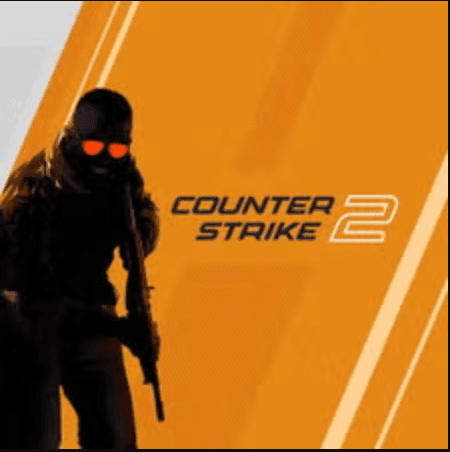

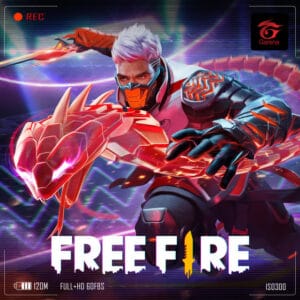


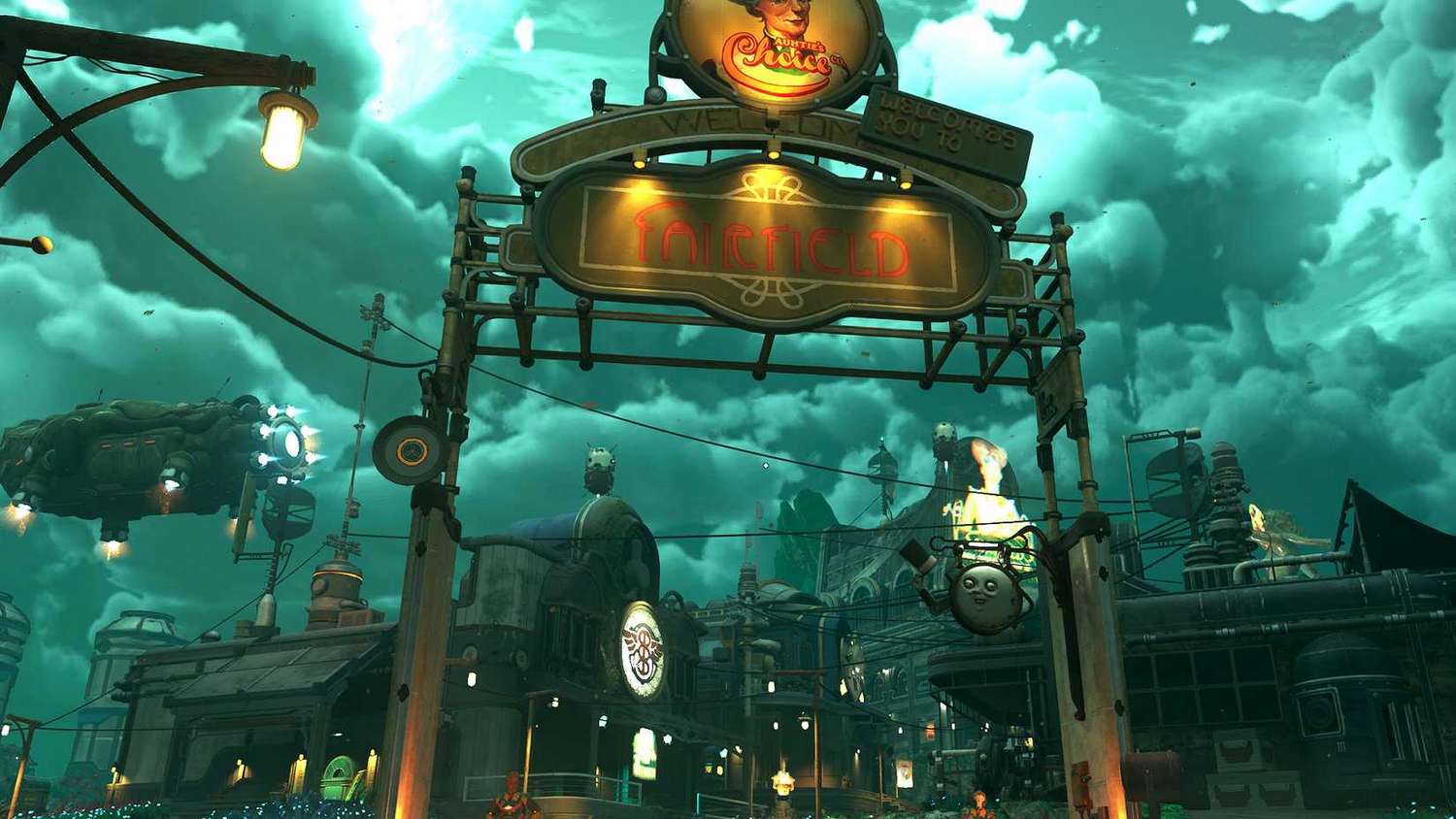 Faction Profile: Chairman Milverstreet and the Corporate Promise of ‘Choice’
Faction Profile: Chairman Milverstreet and the Corporate Promise of ‘Choice’ Strategic Considerations and High-Value Gaming Intelligence
Strategic Considerations and High-Value Gaming Intelligence